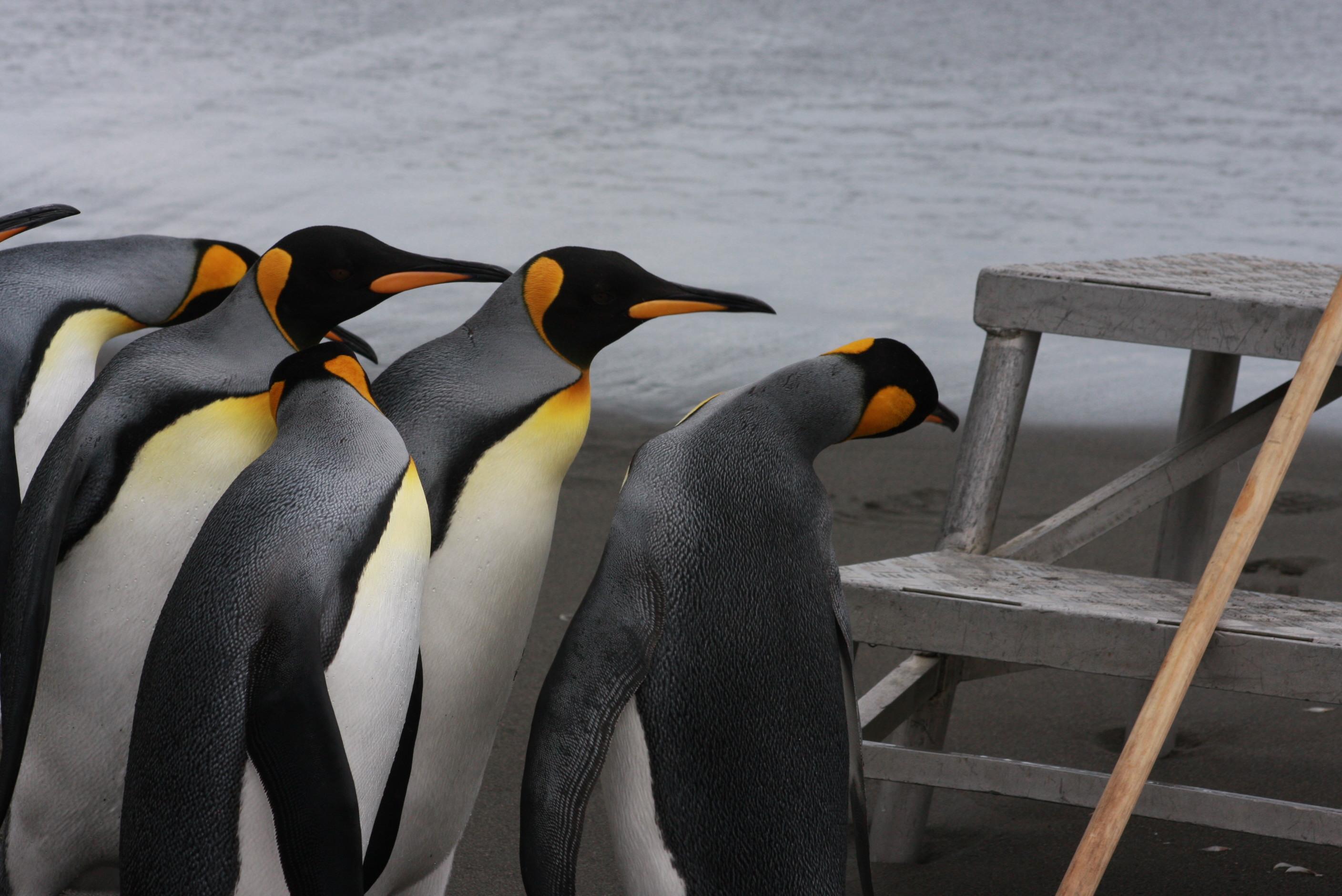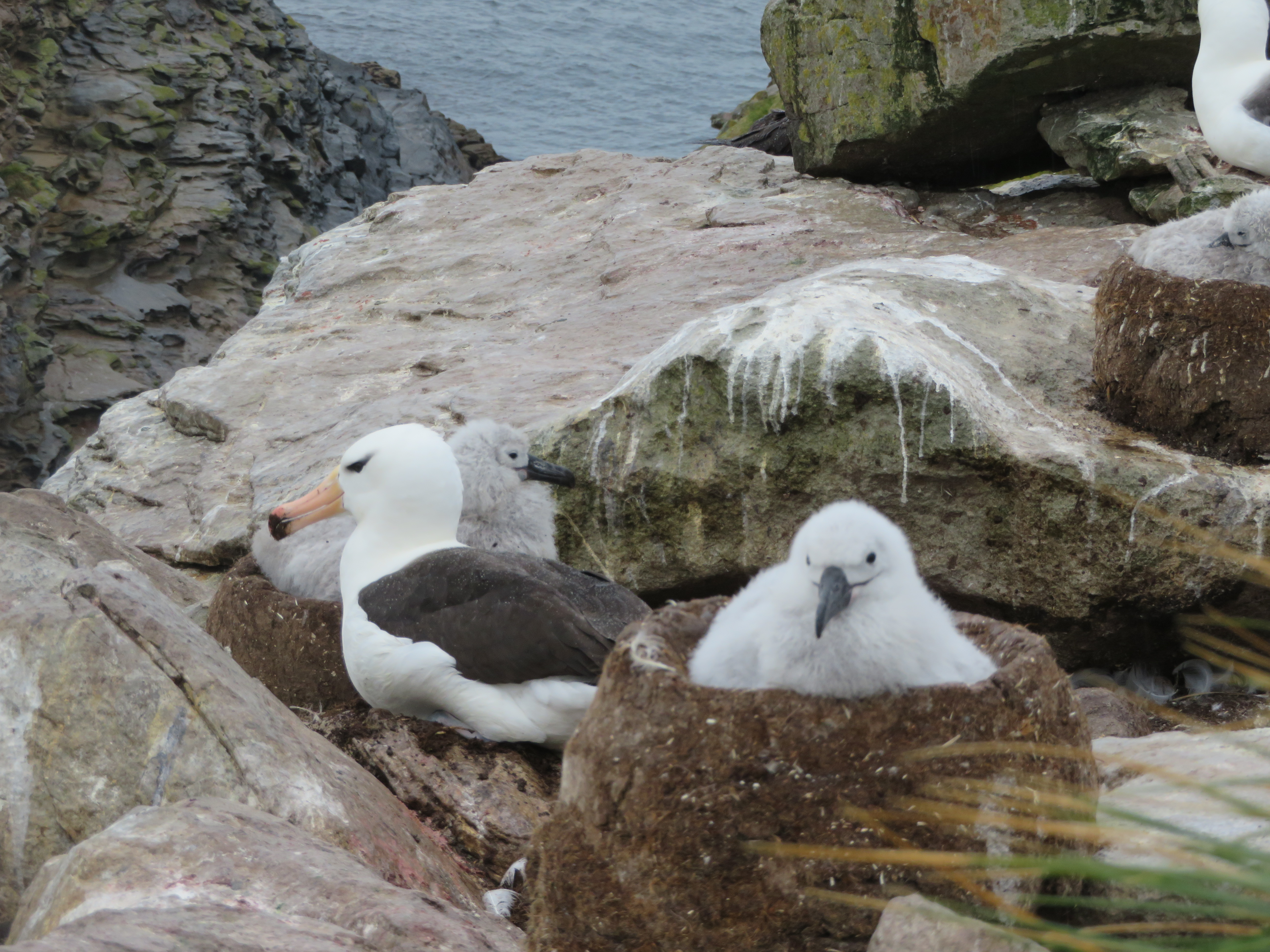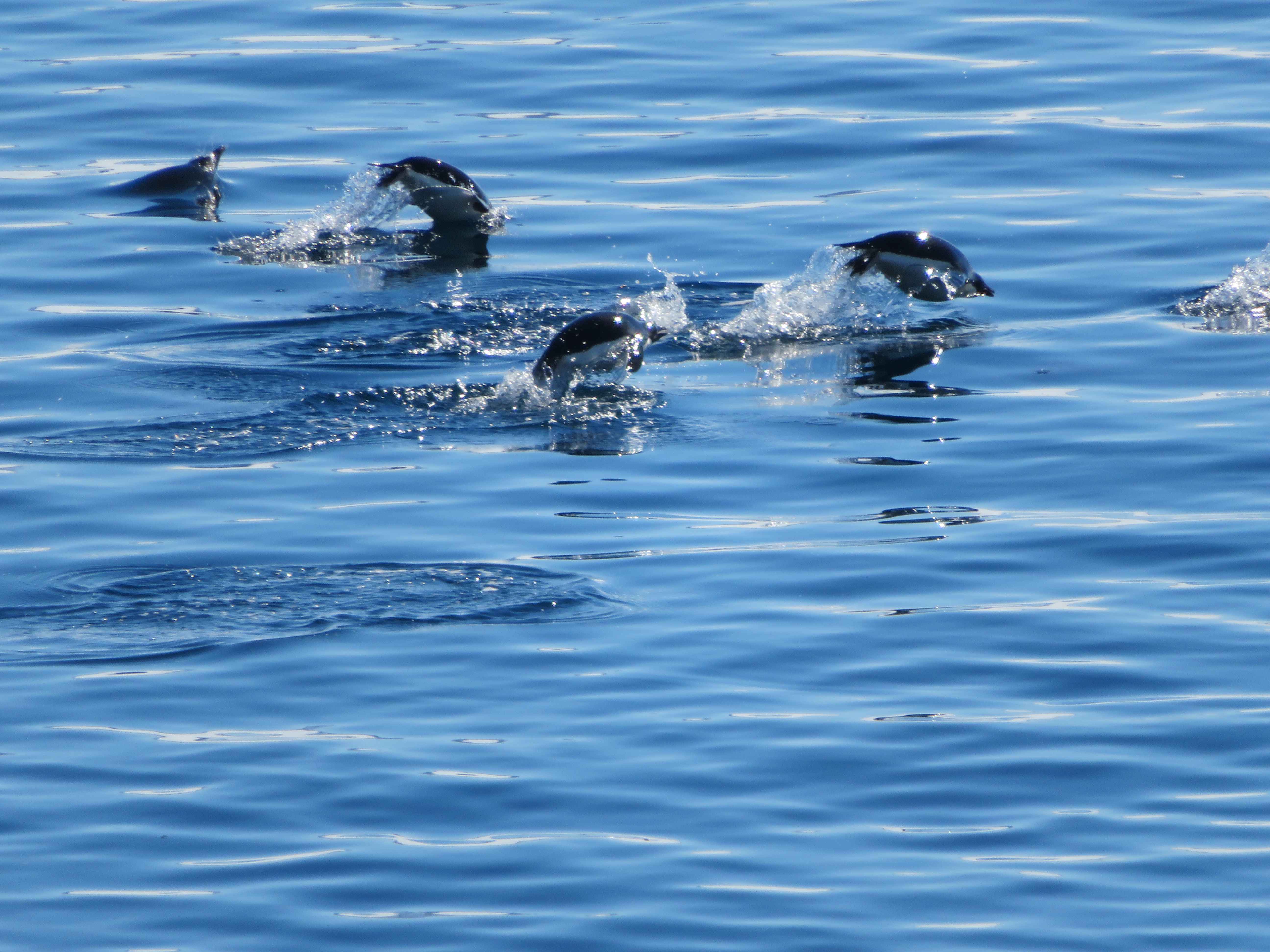Intrigued by Antarctica? Smitten with penguins? Read about the White Continent and its amazing wildlife, which has adapted to some of the most extreme weather conditions on Earth. From penguins to minke whales, here are 10 facts about Antarctic wildlife you didn’t know.
1. Antarctica Wildlife Depends on the Ice
The many wildlife species on the White Continent depend on the ice shelf for their habitat, food, breeding grounds and hunting areas. They have adapted to live in these conditions and couldn’t exist without them. Sadly, as the sea ice retreats at an alarming rate, this transforms the available habitats in negative ways, endangering the wildlife.
2. Penguins Can Dive More than 800 Feet Below the Surface
Emperor penguins hold the distinctive title of deepest diver - most dives are between 300 and 650 feet, but the deepest dive on record was 1,853 feet deep. Weddell seals can beat that. They typically dive to about 1,950 feet and can spend as long as 82 minutes under water. Some species head down into the depths and stay there, like one particular species of Antarctic octopus. They have a special pigment in their blood that turns it blue, enabling them to survive the subfreezing temperatures.
3. Snowy Sheathbills Are the Scavengers of Antarctica
The white snowy sheathbill spends more than 85 percent of its day hunting for food. They live near the Antarctic shoreline and are the only birds on the continent with non-webbed feet. They will only fly if startled or threatened or when migrating. The breed at the same time as the penguins and will work together to distract nesting penguins so they can steal eggs or chicks. Check out these scavengers, as well as the millions of other Antarctic birds across 46 species, including wandering albatross, giant petrels and cormorants.
4. Albatrosses Only Visit Land to Breed
Photo by Susan Tuckey, Penguins2PolarBears, West Point Island, Falklands, January 20, 2019
Unlike the snowy sheathbill who practically never leaves the surface of the Earth, albatrosses only come to land when they’re breeding. These relative loners are at sea for more than 80 percent of their life.
5. You Can’t Catch a Gentoo
Photo by Susan Tuckey, Penguins2PolarBears, Brown Bluff, Antarctic Peninsula, February 1, 2019 (These seem to be Adelie penguins but you get the idea)
Gentoo penguins are the fastest swimming penguin species, moving up to 22 miles per hour. They’re busy when they’re out at sea, making as many as 450 dives per day when they are foraging for food. They can remain underwater for up to seven minutes. Good news for gentoos - they’re currently the only penguin species on the Antarctic Peninsula whose population is increasing.
6. Penguins Have a Salty Diet
High-sodium is par for the course for a penguin diet. They’re eating a lot of seafood, from krill and fish to squid and crustaceans. They ingest so much salt that they have a gland dedicated to dealing with it. The supraorbital gland, above their eyes, filters salt out of their bloodstream. When they sneeze, the salt leaves their body through the bill.
7. Speaking of Krill … We’re Losing Them
Just another reason to take care of Mother Earth. The penguin diet staple - krill - has decreased in some areas by 80 percent since the 1970s. Krill depends on stable ocean conditions and the sea ice for shelter in the winter months. Make a difference and save the krill by choosing sustainable and responsibly sourced krill products.
8. Long Live the Leopard Seal
This hardy species can live up to 26 years in the wild. Impressive, right? Yet, depending on the species, penguins outlive them … with a lifespan of up to 60 years. The two species get along … sort of. When leopard seals are satiated, but still seek entertainment, they play “cat and mouse” with penguins.
9. Ancient Penguins Were Tall
As in, upwards of five feet tall! There are fossil records showing that there have been at least 25 species of penguin in Antarctica, the tallest of which was the Anthopornis nordenskjoldi, which was over 66 inches tall.
10. Whales for the Win
The Antarctic Minke whale - like other regional species - has adapted to the icy sea conditions. The Minke sticks its long nose through narrow cracks in the ice to breathe. This type of Minke whale is smaller than most - about 30 feet long. They can stay underwater for up to 25 minutes.
Ready to see the incredible Antarctic wildlife in person? Let’s explore Antarctic expeditions and pick the one best for you. You can sign up to schedule a consultation or sign up for my weekly newsletter for more inspiration.



